Christ Church, Russell

Beez Neez now Chy Whella
Big Bear and Pepe Millard
Fri 27 Dec 2013 23:47
|
The Oldest Church in New
Zealand
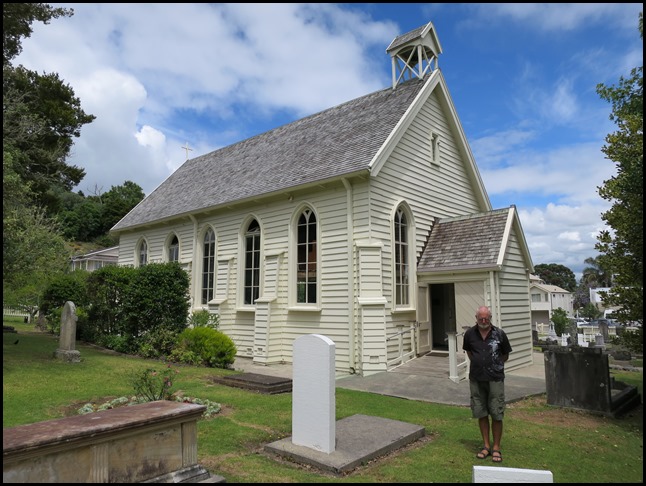 After our visit to the museum, we
crossed the road and enjoyed looking around Christ
Church. This is New Zealand’s oldest church. Not its first; not its first
place of worship, but its oldest surviving church. The 1830’s saw a great
increase in shipping in the Bay of Islands, and a corresponding increase in the
number of undesirable characters who chose to make it their home. The largest
European community was Kororāreka, the squalid little
village that owed its importance to its good
anchorage.
No law enforcement existed here,
for it knew no authority save that of Māori chiefs. There was no wilder,
wickeder or more disorderly community anywhere in the Pacific, nor more favoured
refuge for ruffians of all races. There were a few, a very few, respectable
citizens.
This trouble spot, the thorn in their
flesh, received the most conscientious attention from the missionaries of
Paihia. For years they had held services in Kororāreka, preaching in Māori and
in English, sometimes in the open air, often in the houses of the local chiefs
or of some of the European residents. The first ‘bell’ to call people to worship
in Kororāreka was a piece of copper sheathing struck with an iron bolt. It was
these unpromising surroundings that the missionary determined to buy land and to
build a church, with funds raised by public subscription.
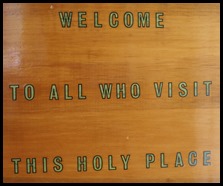 The sale of the land was negotiated
on the 24th of November, 1834. On that day the Rev Henry Williams wrote: “went
over to Kororāreka to see the land for the church”. Next day the land, four and
a half acres, was measured and the day after, the chiefs Rewa, Wharerahi and
Moka of the Ngai Tawake came for payment from Charles Baker, an early missionary
who bought the land on behalf of the Church Missionary Society.
An agreement was made that Māori and
Pakeha should have equal rights of burial. This was faithfully honoured until
1970 when the church cemetery was closed.
Appropriately, first subscriptions
came from seafaring men. Fourth on the list is James Busby, the British
Resident. Then comes the names of settlers, visitors to the Bay, merchant firms
and more seamen. Some gave money, others timber. Every Mission family
contributed. Donations came from the Methodist Mission in Hokianga. Church folk
and friends in Sydney also sent their contributions. Two hundred and thirty two
pounds and three shillings was raised.
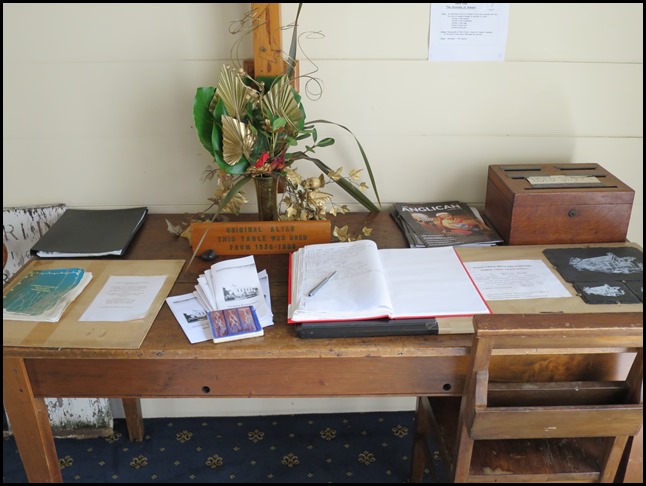  A year later, HMS
Beagle put in to the bay and another subscription was added. “Captain
Fitz-Roy, Mr Charles Darwin and the Officers of the Beagle” gave
fifteen pounds. Another famous name was set down some months later when the Rev
Samuel Marsden paid his last visit to Kororāreka. He went to see the church and gave five pounds to the
fund. The building of the
church began in 1835. The Rev Henry Williams of Paihia supervised the project
with the catechist, Mr Charles Baker assisting. Mr Gilbert Mair was the builder
and probably the designer.
It bore little resemblance to the
church as it is today. There was some talk of a steeple, but it was soon
clear that there would be money only for the plainest of buildings.
No record has been found to tell us
when the first service was held in the church or who was the officiating
clergyman. It is the Rev William Williams who first mentions a church service in
Kororāreka. On the 3rd of January 1836, he writes: “Sunday......In the afternoon
I went over to Kororāreka and held service in the new chapel.” In the following
June he reports that services in the church had been held for both Europeans and
natives’ during the last eight months’.
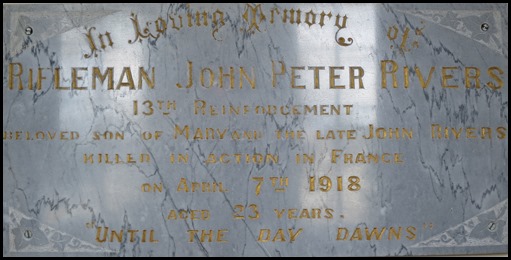 As time went on, the missionaries
continued to deliver bilingual sermons in Kororāreka and it is pleasing to read
that, whereas in 1835 there were only ‘grounds for hope’, in 1839 the attendance
was better and ‘there was a decided improvement’. Dr Broughton, first bishop of Australia, visited New Zealand in 1838.
On the 23rd of December, the day after he arrived, he preached in Kororāreka in the afternoon and on the 4th of January 1839, he
consecrated the burial ground. There is no record of the consecration of the
church.
Towards the end of the decade
there were signs of New Zealand being annexed to the British Crown and hopes
that the old lawless days were numbered. These hopes were realised when, on the
29th of January 1840, HMS Herald bringing Captain William Hobson,
dropped anchor off Kororāreka.
Immediately on arrival, Captain
Hobson issued an invitation to everyone, Māori and European to meet him at
Kororāreka church on the afternoon of the following day, the 30th of January.
Despite the short notice, over four hundred persons were present at the
ceremony. Two Proclamations were read. The first
announced the extending of the boundaries of New South Wales to include New
Zealand; the second that Captain Hobson had been appointed Lieutenant-Governor
of “Any territory which is or may be acquired in sovereignty by Her Majesty” in
New Zealand. Māori Chiefs and leading citizens then signed a declaration stating
that this had been done. A week later, across the
harbour at Waitangi, about fifty Bay of Islands chiefs signed the Treaty that
was to make New Zealand a part of the British Empire.
In April 1840 the church was used as
a courthouse, the scene of a murder trial. The church was being used because it
was the only building in the settlement that was large enough to accommodate all
those present at the hearing. Kororāreka was in ferment. Mission people
succeeded in preventing the Māori from seizing the prisoner, and a detachment of
troops from clashing with the Māori. There was no doubt that their intervention
prevented an outbreak of violence that would have ended British rule there and
then. After this episode the church seems to have been used for the more orderly
sessions of the Land Commission. A claim was made to C.M.S. land in Kororāreka
and in due time a Crown Grant was issued.
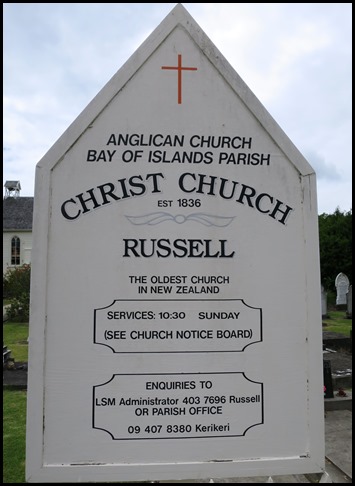 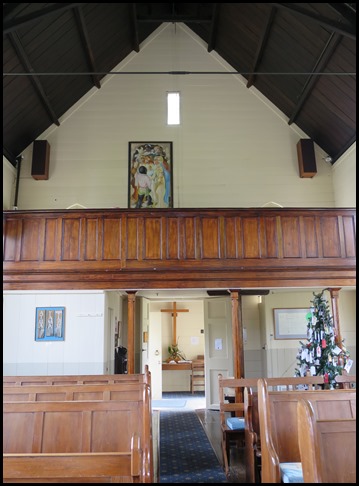 British rule brought many changes to
the Bay of Islands and its European population greatly increased as immigrant
ships arrived. One of these ships brought Rev Robert Burrows who was to be
Kororāreka’s first resident Church of England clergyman.
The larger population seems to have
made possible the improvement of the church, its furnishings and grounds. In
July 1840, tenders were called for the fencing of the property. In the following
September the local newspaper advised that tenders would be called “for the
erection of a parsonage”.
In an 1842 newspaper for the 19th of
May notice was given that two church wardens, Dr William Davies and Mr William
Wilson “would attend at the church on Monday, Wednesday and Friday from four
until six pm in the ensuing week for the purpose of letting the pews to such
parties as may be desirous of leasing the same. Single sittings fifteen
shillings, whole pews three pounds per annum to be paid in advance”.
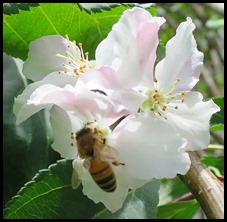 Kororāreka’s
prosperity was short lived. With the establishment of Auckland as the capital,
the Bay of Islands population declined sharply, as did its trade. Kororāreka
became known as Russell in 1844. Difficulties arose to exasperate the most
patient European: how then could the Māori be content ???
Dissatisfaction soon became hostility
and the chief Hone Heke, “that turbulent fellow” decided to take action. His
celebrated attacks on the signal staff and its British flag above Kororāreka put
all the North in an uproar. His final attack on the flagstaff was made on the
11th of March 1845 when he and other dissident chiefs attacked Kororāreka in
three parties.
The engagement began at dawn when the
first party clashed with a naval detachment from HMS Hazard just outside the
church fence. The fight spread out along the whole length of the southern
boundary of the churchyard and inevitably the church was hit. The fence was
gashed, and splintered here and there by the seamen’s cutlasses as the fighting
swept on down towards the beach. The naval detachment was greatly outnumbered
but the attacking Māori did not press this advantage.
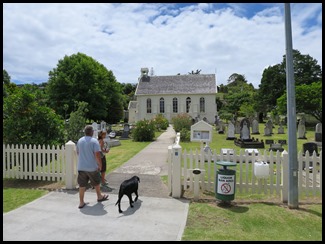 Their part was to create a diversion,
and having succeeded in this they scattered, returning to the church to carry
away their dead and wounded. Just how many Māori fell in this action is not
known. The Hazard lost two Royal Marines and four seamen. Her commanding officer
and several other seamen were severely wounded.
Meanwhile, Heke himself had attacked
the flagstaff and its guard. The blockhouse was taken, the guard killed and the
staff felled for the fourth and last time. At noon the town’s supply of
ammunition blew up, and the town was abandoned. Many residents and troops were
taken off to the ships and the attackers, seeing the evacuation, came down from
the surrounding hillsides and began looting.
At sunset, the Rev Henry Williams
read the burial service for six men of the Hazard in the churchyard and arranged
for the flagstaff causalities to be taken to Paihia. Sometime during the
evening, in an attempt to stop the sacking, the Hazard turned her guns on the
town and swept the semi circle of hills with their fire. The church property
suffered badly during the bombardment. Grape shot ploughed up the churchyard
turf, canister sprayed the hillside above; a cannon-ball crashed through the
parsonage and four more struck the church. The
cannonade did not stop the sacking. Soon after this the town caught fire and not
long afterwards most of it was a heap of ashes. The church was holed and splintered by musket balls and round-shot
and all the windows were shattered. Looters had carried off everything they
fancied.
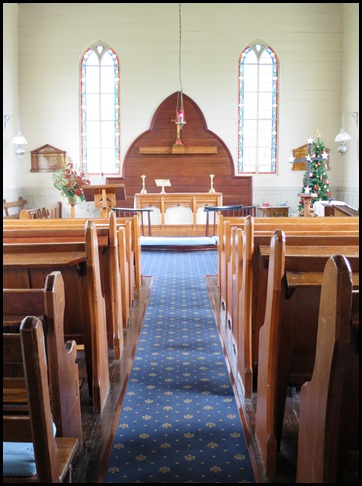 The refugee population was taken to
Auckland and for over a year Kororāreka was almost deserted. The war muddled on
into 1846 with the Bay of Islands seeing the comings and goings of the great war
canoes, warships, transports and troops, until some sort of peace was restored.
This was the end of the old, wild Kororāreka.
Families who had been taken to Auckland returned later to rebuild their homes,
trying to remember that the township was now known as Russell. The place was now too small and too poor to support a resident
vicar, so once again the Paihia clergy cared for Russell and arranged for the
worst of the war damage to be repaired. Later, Mr (afterwards Canon) Frank Gould
opened a boy’s school in Russell and he, being in deacon’s orders held services
every Sunday until he moved to Auckland. As time
went on, Russell’s fortunes ebbed and flowed. In more prosperous times, when
there was plenty of shipping the church had a fair congregation, a good choir
and regular services because there was enough money for their share of the
vicar’s stipend, but when times were bad the parsonage was let and lay readers
took most of the services.
 The church in the
1860’s
In 1871 the whole aspect of the
church was changed and it assumed the appearance that it has today. This did not
find favour with many of the older folk who, having helped build the church,
liked it the way it was. Until then it had no name and in 1873, at a meeting at
which the Bishop of Auckland presided, it was resolved that the church be called
Christ Church.
Judging by the old pictures, the
parsonage, which was on the hillside directly above the church, was not unlike
the old vicarage at Waimate North. It seems to have been about 1890 that it was
sold, dismantled and taken to Paihia, where it was rebuilt. From then until the
late 1920’s the vicar, if he resided in Russell, lived in a ‘church cottage’ on
the waterfront, now known as ‘The Moorings’.
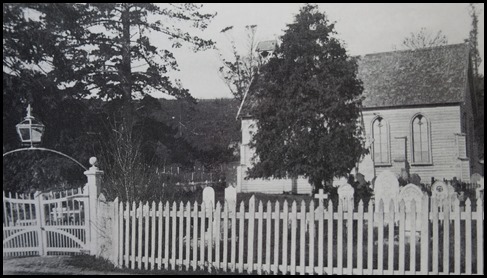 The church about
1915.
The church at eighty years of age was
in a very shaky condition. In stormy weather it creaked quite alarmingly and
services were often cut short for fear of its collapsing. The choir, the
organist and her harmonium prudently vacated the gallery and descended to safer
levels. It was a venerable age for a little wooden building, especially for one
that suffered battle damage as well as having been exposed to years of
buffetings of the boisterous westerlies and the lashings of the wild
northeasters. For this reason, serious consideration was given to the proposal
to pull it down. However, everyone thought better of it and the church was
repaired once more. This time great props were set up on either side and
congregations breathed more freely.
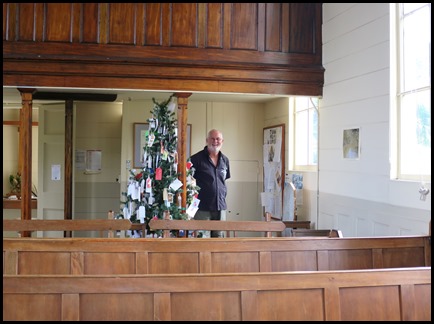 When plans for the celebrations of
the church’s centenary were being discussed, the most controversial question
was: should the old church be dismantled and a more durable building erected in
its place, or should the old building be preserved ???
There was such a public outcry at the
proposal to dismantle the church – though many churchmen and citizens earnestly
believed that it was foolish to try and preserve it – that demolition was
rejected and the church was repaired yet again. Because no-one could find any
record of the first service in the church, it was decided to hold the Centennial
Service on the 29th of March 1936. The morning service was held in the open air,
with the altar set against the east wall of the church. His Grace, Archbishop
Averill, officiated.
National Centennial Celebrations were
dampened by the Second World War, but some ceremonies were held as planned. One
of the first of these was the re-enactment of the arrival of Captain Hobson and
his suite in Kororāreka. Spectators gathered at the church on the 29th of
January 1940, to watch the ‘arrival’ and to hear the ’Governor’ read the
Proclamations.
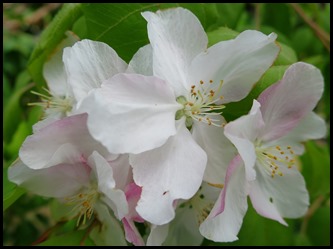 In February 1963, Queen Elizabeth II
and Prince Phillip, paid their second visit to New Zealand. On the day of their
arrival, the 6th of February (the tenth anniversary of Her Majesty’s accession
and the 123rd anniversary of the signing of the Treaty of Waitangi) the Royal
Party paid an informal visit to Russell. Accompanied by Their Excellency's, Sir
Bernard and Lady Fergusson, the Prime Minister, the Right Honourable Keith
Holyoake and his wife and other members of the official party, they walked to
the church where they were met by the vicar, Mr A.E. Kemp and Mrs Kemp of
Kerikeri.
The visit was short but, during the
fifteen minutes they were at church, Her Majesty and His Highness had many
questions to ask. How old was the church? Where was Tamati Waka Nene’s monument?
What about the furniture in the church – did it have any historical
associations? The Duke, a sailor, noticed the Hazard Memorial and read it with
particular interest. This led to enquiries about the fighting near the
church, and also the reading of the Proclamations in 1840. Both the Queen and
the Duke were concerned to see chinks of daylight showing through the church
roof and asked about the care and maintenance of the building. They seemed
relieved to hear that the roof was to be re-shingled. Next morning the
vicar received a message: Her Majesty and His Highness wished to make a donation
to the fund for the upkeep of the church. The sum, of course, was not made
public.
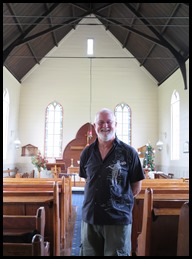 Another gift, recalling another
historical occasion, was received some months later. On Christmas Day, 1964, a
special service was held at Oihi, Bay of Islands (Marsden Cross) to commemorate
the 150th anniversary of the first Christian Service on New Zealand soil. From
Pendeen, Cornwall, came the Rev R.E. Marsden, great-great-grandson of the Rev
Samuel Marsden, to take part in the service. He visited Christ Church, Russell,
on Christmas Eve.
The gift was a pair of pewter vases,
made from tin mined in his parish and bearing the inscription:
presented to Christ Church,
Russell
by Pendeen Church
to mark the visit of the Rev R.E.
Marsden,
commemorating the landing of Samuel
Marsden
1814-1964
On the 29th of January 1967, their
Excellency's, Sir Bernard and Lady Fergusson and their son Geordie attended
Matins in Christ Church. The Bishop of Wellington, the Right Rev H.W. Baines
officiated. His excellency remarked on the fact that it was the 127th
anniversary of Governor Hobson’s arrival in New Zealand.
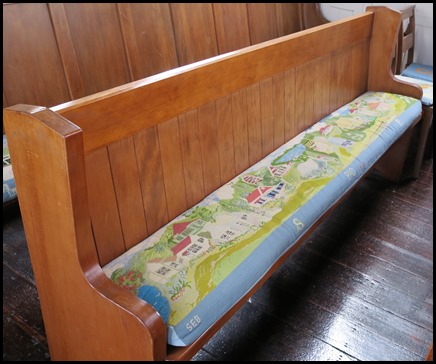 On the 9th of February 1986, Christ
Church celebrated its 150th birthday with a special service of Thanksgiving. It
was attended by the governor-General, Sir Paul Reeves, the Prime Minister, the
Rt. Hon. David Lange, and the leader of the Opposition, the Hon. Jim McLay. The
Bishop of Auckland, the Rt. Rev Bruce Gilberd, preached the sermon and Sir Paul
and Mr Lange read the lessons. Prayers were read by the Rev Pauline Law of
Kerikeri and the service conducted by the Vicar of the Bay of Islands Parish,
the Rev Bill Law. Two new altar windows were dedicated by the Bishop of the
Northern Region of the Auckland Diocese, Bishop Ted Buckle. They were designed
by Beverley Shore Bennett of Waikanae and made by Millers Studios in Dunedin.
They depict Christian and local symbols in small round medallion shapes around
the edge of each window, and record the jubilee in English and Māori.
inscriptions. After the service Mr Lange planted a commemorative puriri tree in
the churchyard and a luncheon was served in a marquee in the grounds. A special
feature was a birthday cake with scale model of the old church.
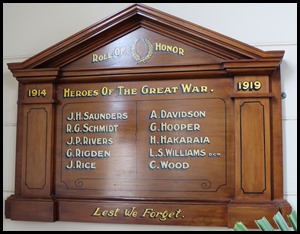 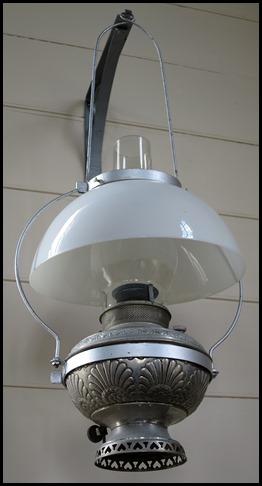 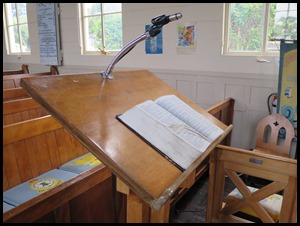 On the 17th of November 1996, Christ
Church celebrated its Patronal Festival in the presence of the Bishop of
Auckland, The Rt. Rev John Paterson. A tree was planted in the grounds followed
by a shared tea in the hall. Bishop John saw restoration work that had been
undertaken on the north wall of the church. A conservation plan for the building
had been prepared with the assistance of the New Zealand Historic Places Trust.
A detailed engineering report had been made to establish what restoration work
was needed, as the old church faced a new century. Russell residents voted that
such restoration should last at least another hundred years. This involved major
expenditure. In 1998 Russell parishioners decided to explore Local Shared
Ministry. Instead of a vicar based at Kerikeri, a team of Russell people would
fill the role. Positions included administrator, local priests, preacher,
liturgists, pastoral carer and educator whose role was to encourage the
congregation to discover and use their ministry gifts. All are involved in
ministry.
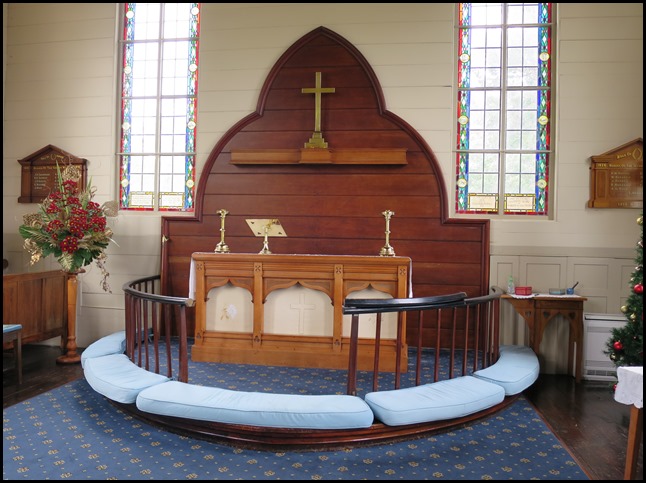 In June 2001 with the assistance of
major donations from the Lotteries Grants Board and the ASB Charitable Trust,
restoration of the church commenced. This involved renewing the roof shingles,
reattaching the church walls with steel beams and restoring wood that had
deteriorated due to woodworm and other insects. The pews were restored and are
now a consistent colour, the balcony was made safe and the church carpeted. A
Service of Celebration for the completion of the restoration was attended by
many dignitaries including Dame Kiri Te Kanawa, was held in October
2001.
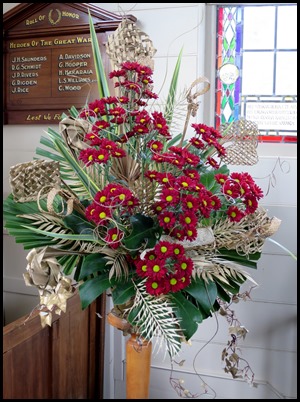 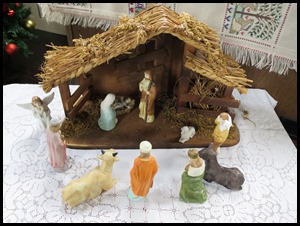  A project was started in 1990 and was
completed two years later – to fill the pews with tapestried cushions, to grace
the church for the next fifty to hundred years. They show historic events, local
birds, ships, flowers and much more, giving colour and a pictorial history of
this amazing little church. So very pleased we came to visit.
ALL IN ALL SO
LOVELY
AND A LOVELY
STORY |











